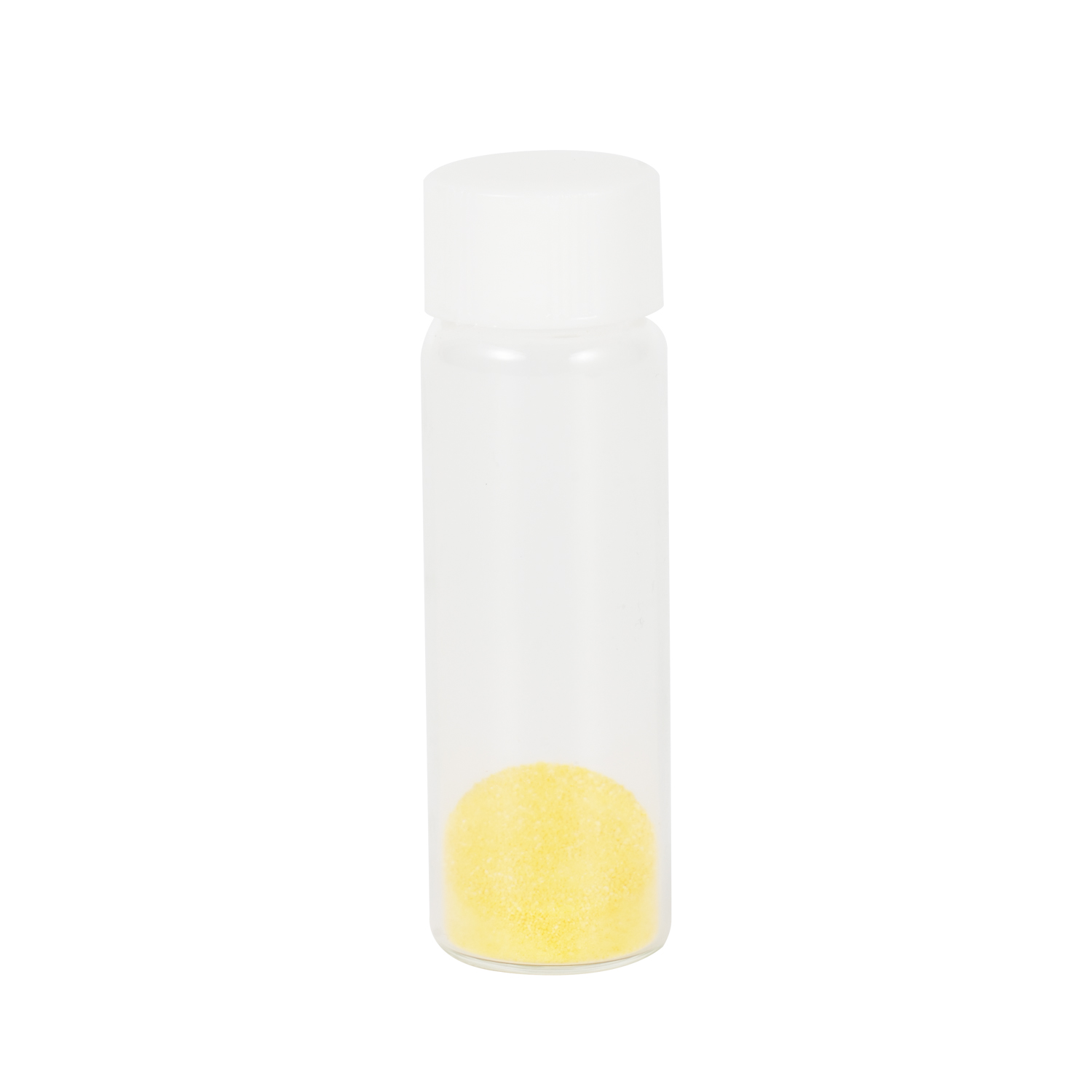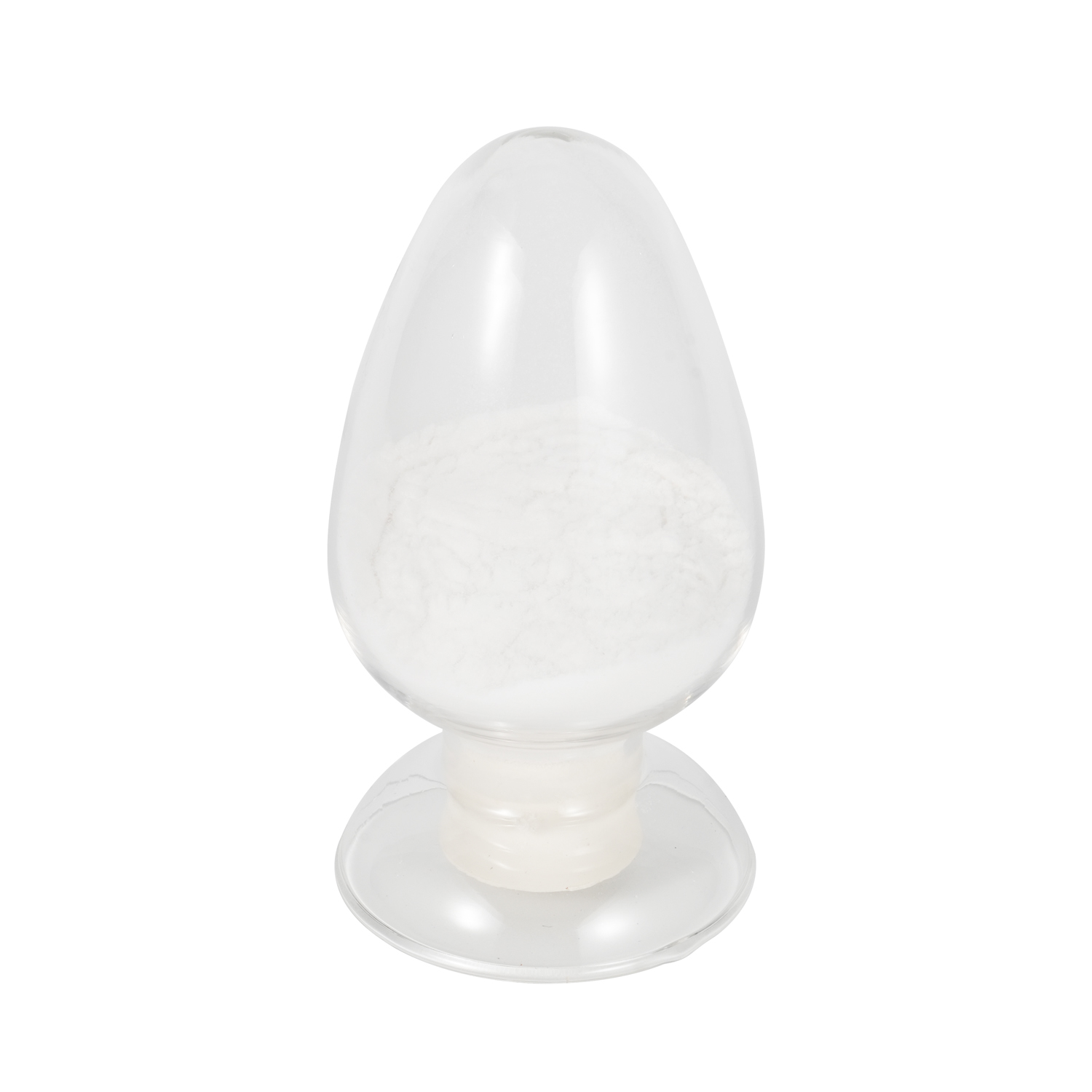CAS No.:120068-37-3
Empirical Formula: C12H4Cl2F6N4OS
EINECS: 424-610-5
Appearance: White to light yellow to light orange
Origin: CHINA
Introduction
Fipronil is a broad-spectrum insecticide used to control a wide range of pests, both below-ground and above-ground. It is known for its high efficacy, low toxicity and low residual properties. The mechanism of action of Fipronil is to interfere with the insect's nervous system by blocking the insect's GABA-controlled chloride channels.
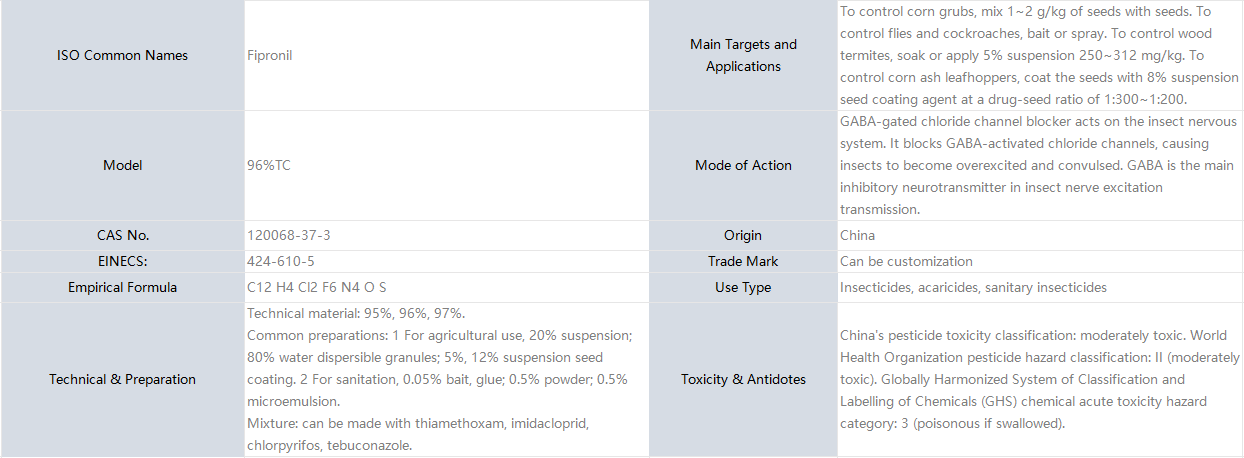
The packages of Fipronil should be stored in a ventilated and dry warehouse; during storage and transportation, they should be strictly protected from moisture and sunlight to prevent penetration into the ground; they should not be mixed with food, seeds, or feed; they should be avoided from contact with the skin and eyes, and should be prevented from inhalation through the mouth and nose.
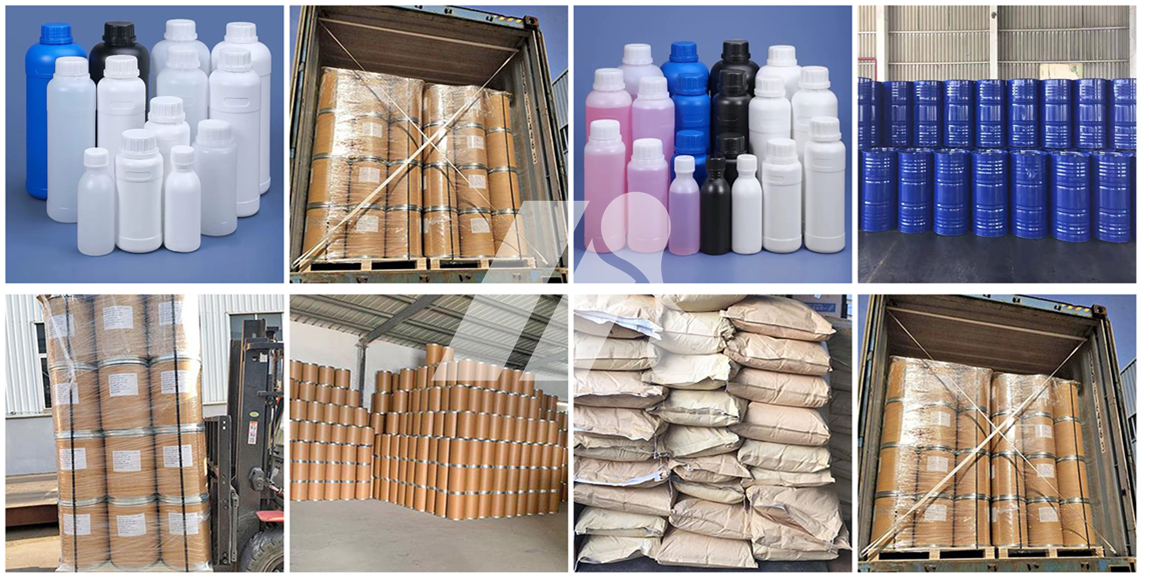
-
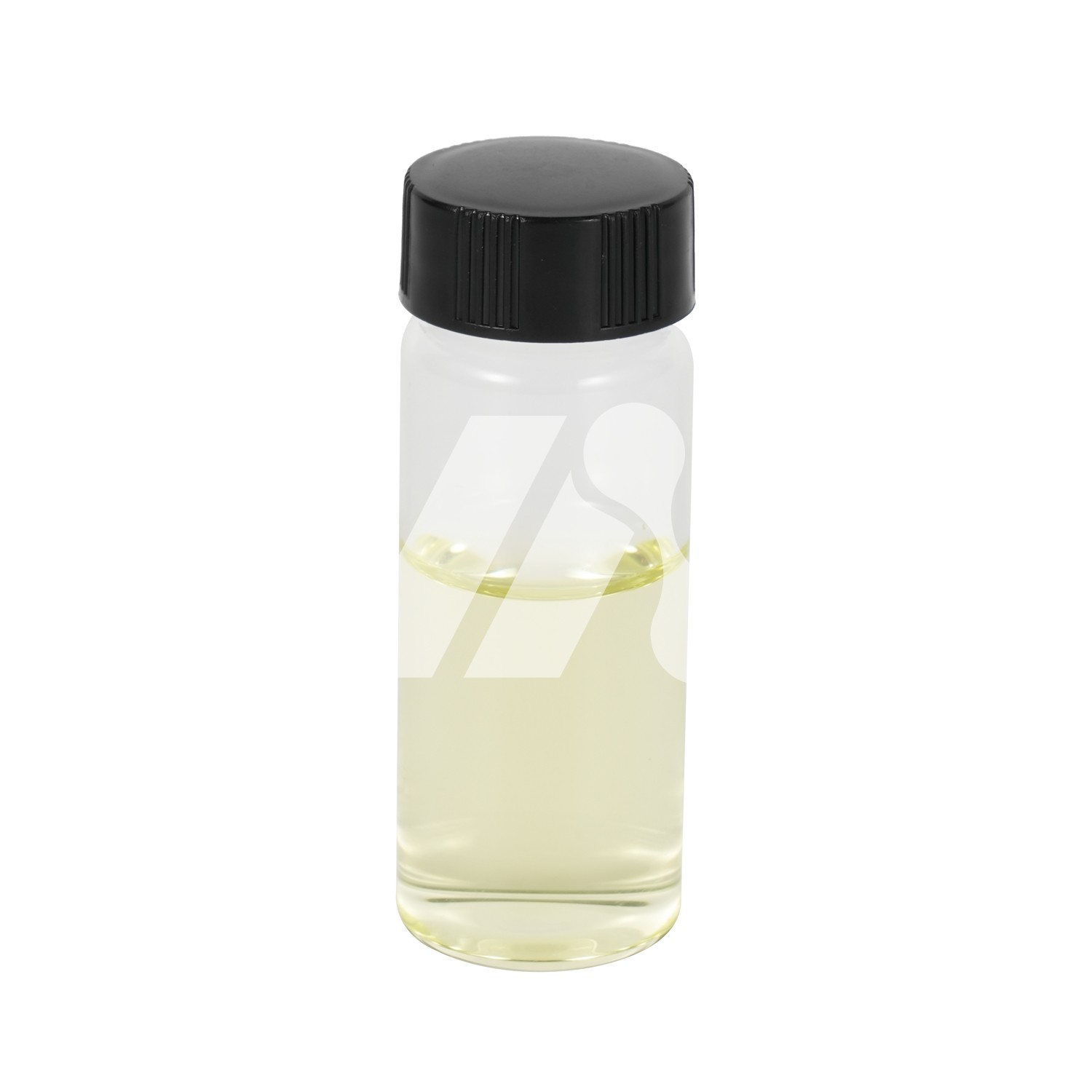 Dichlorvos 95%
Dichlorvos (DDVP) is an organophosphorus insecticide. Its industrial products are colorless to light brown liquids with high volatility. Its solubility in water is 1% at room temperature and its solubility in kerosene is 2% to 3%. It is soluble in organic solvents, easily hydrolyzed, and decomposes faster when exposed to alkali.
CAS No.:62-73-7
1 kg (MOQ)
Dichlorvos 95%
Dichlorvos (DDVP) is an organophosphorus insecticide. Its industrial products are colorless to light brown liquids with high volatility. Its solubility in water is 1% at room temperature and its solubility in kerosene is 2% to 3%. It is soluble in organic solvents, easily hydrolyzed, and decomposes faster when exposed to alkali.
CAS No.:62-73-7
1 kg (MOQ)
-
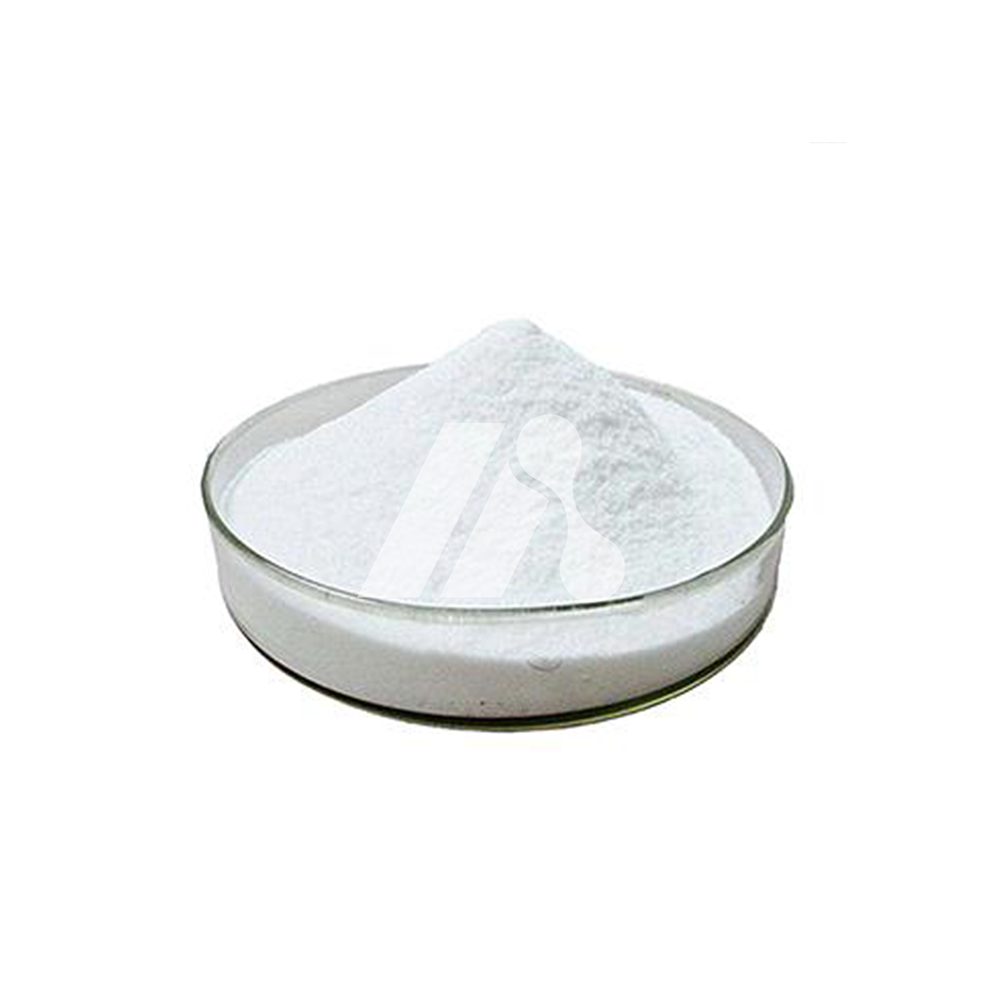 Methomyl 98%
Methomyl is a broad-spectrum, fast-acting insecticide that is effective against aphids, cotton bollworms and other pests. It can be used on grain, cotton, vegetables, tobacco, fruits and other crops.
CAS No.: 16752-77-5
1 kg (MOQ)
Methomyl 98%
Methomyl is a broad-spectrum, fast-acting insecticide that is effective against aphids, cotton bollworms and other pests. It can be used on grain, cotton, vegetables, tobacco, fruits and other crops.
CAS No.: 16752-77-5
1 kg (MOQ)
-
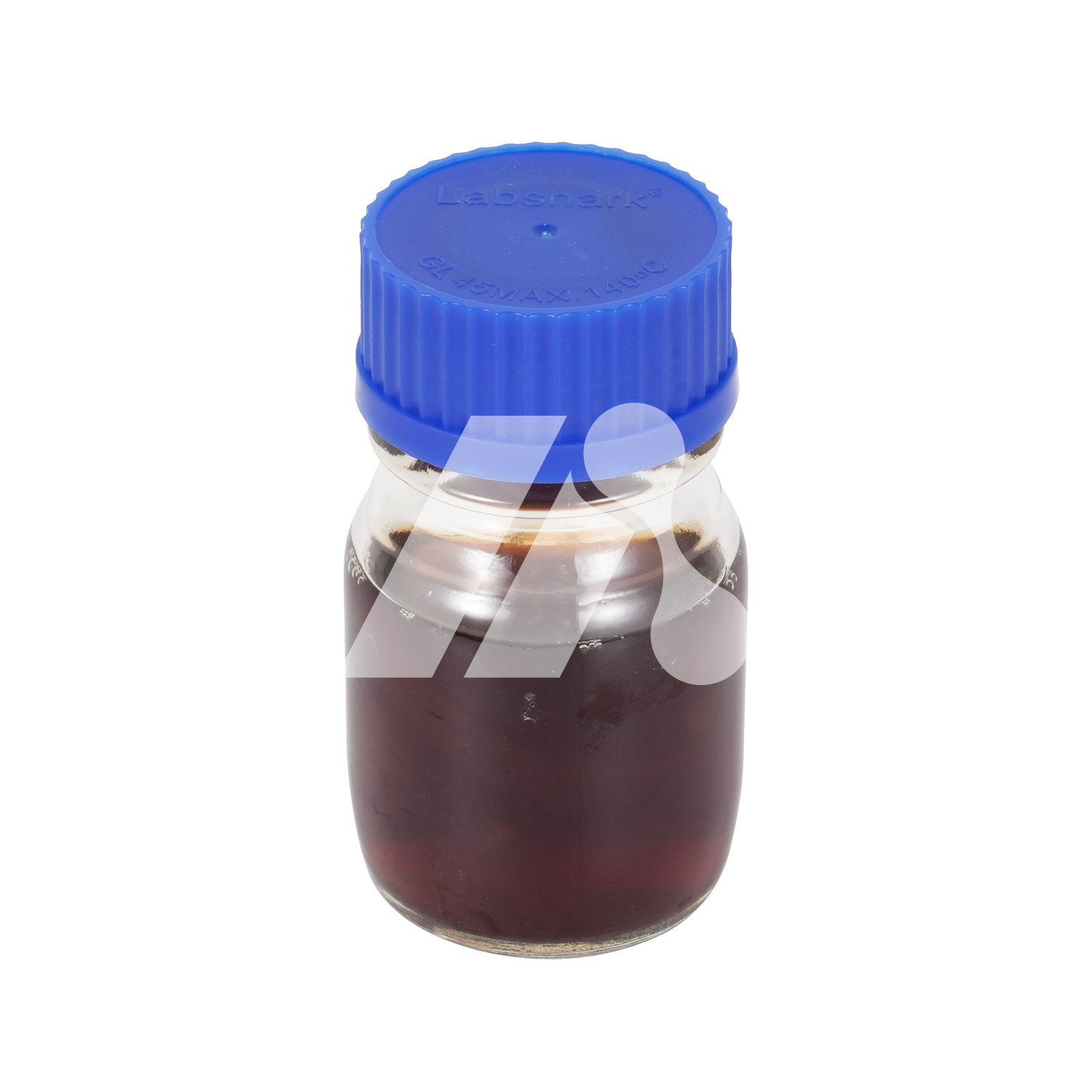 Fosthiazate 95%
The main action mode of Fosthiazate is to inhibit the synthesis of acetylcholinesterase in root-knot nematodes. It has strong contact killing activity and is also highly active against some pests that have developed resistance to traditional insecticides. Thiazophos is mainly used to control nematodes, aphids, etc. It is one of the few nematode-killing products and is suitable for the production of pollution-free vegetables.
CAS No.: 98886-44-3
1 kg (MOQ)
Fosthiazate 95%
The main action mode of Fosthiazate is to inhibit the synthesis of acetylcholinesterase in root-knot nematodes. It has strong contact killing activity and is also highly active against some pests that have developed resistance to traditional insecticides. Thiazophos is mainly used to control nematodes, aphids, etc. It is one of the few nematode-killing products and is suitable for the production of pollution-free vegetables.
CAS No.: 98886-44-3
1 kg (MOQ)
-
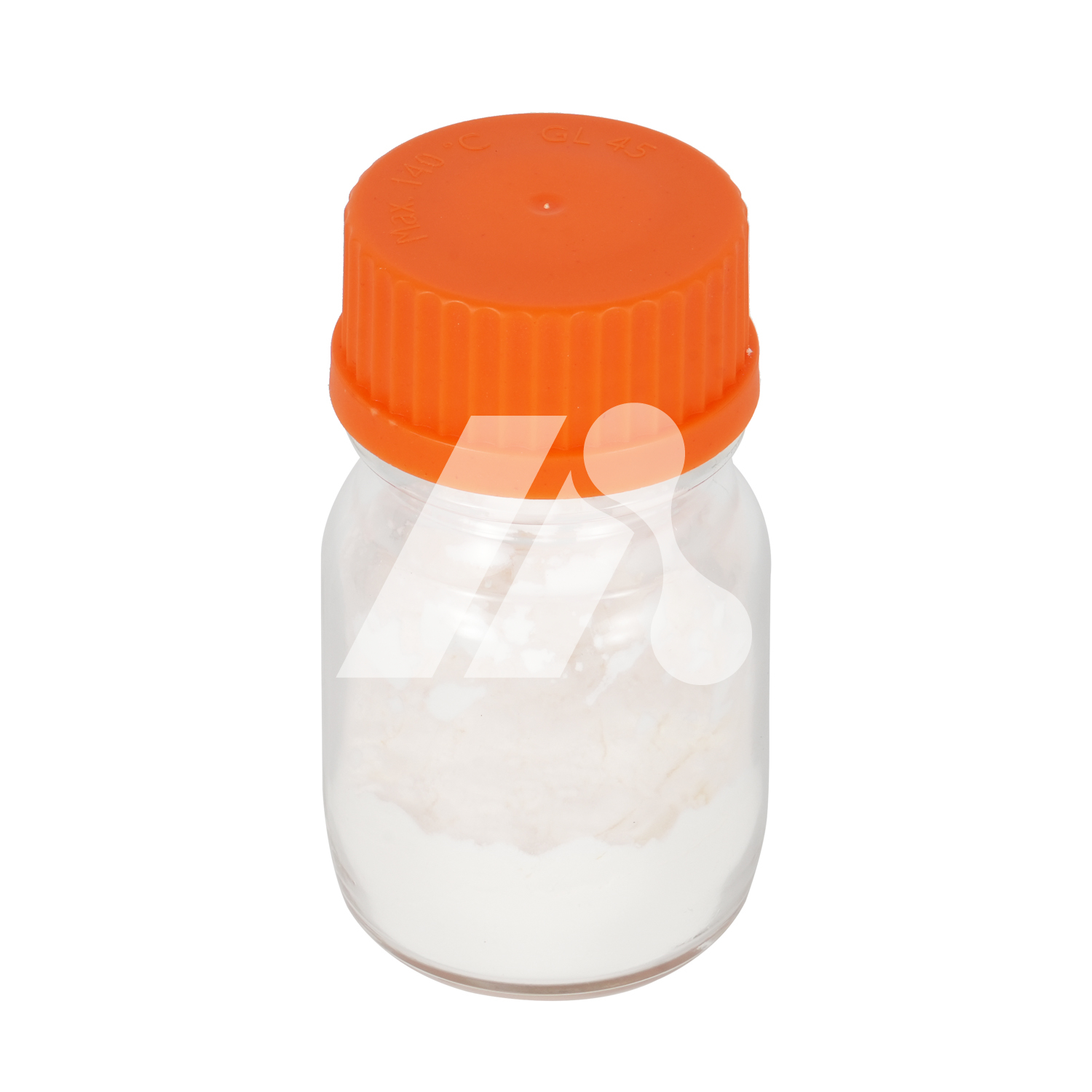 Thiamethoxam 98%
Thiamethoxam has contact, gastric, and systemic activities, and has higher activity, better safety, wider insecticidal spectrum, fast action, and long duration of effect. It is an ideal alternative to those with high toxicity to mammals and Better varieties of organophosphorus, carbamate, and organochlorine pesticides that have residual and environmental problems. It is highly active against Coleoptera, Diptera, Lepidoptera, especially Homoptera pests, and can effectively control various aphids, leafhoppers, planthoppers, mealybugs, chafer Chemicalbook larvae, potato beetles, nematodes, and ground beetles. , leafminers and other pests as well as pests that are resistant to various types of chemical pesticides.
CAS No.: 153719-23-4
1 kg (MOQ)
Thiamethoxam 98%
Thiamethoxam has contact, gastric, and systemic activities, and has higher activity, better safety, wider insecticidal spectrum, fast action, and long duration of effect. It is an ideal alternative to those with high toxicity to mammals and Better varieties of organophosphorus, carbamate, and organochlorine pesticides that have residual and environmental problems. It is highly active against Coleoptera, Diptera, Lepidoptera, especially Homoptera pests, and can effectively control various aphids, leafhoppers, planthoppers, mealybugs, chafer Chemicalbook larvae, potato beetles, nematodes, and ground beetles. , leafminers and other pests as well as pests that are resistant to various types of chemical pesticides.
CAS No.: 153719-23-4
1 kg (MOQ)
-
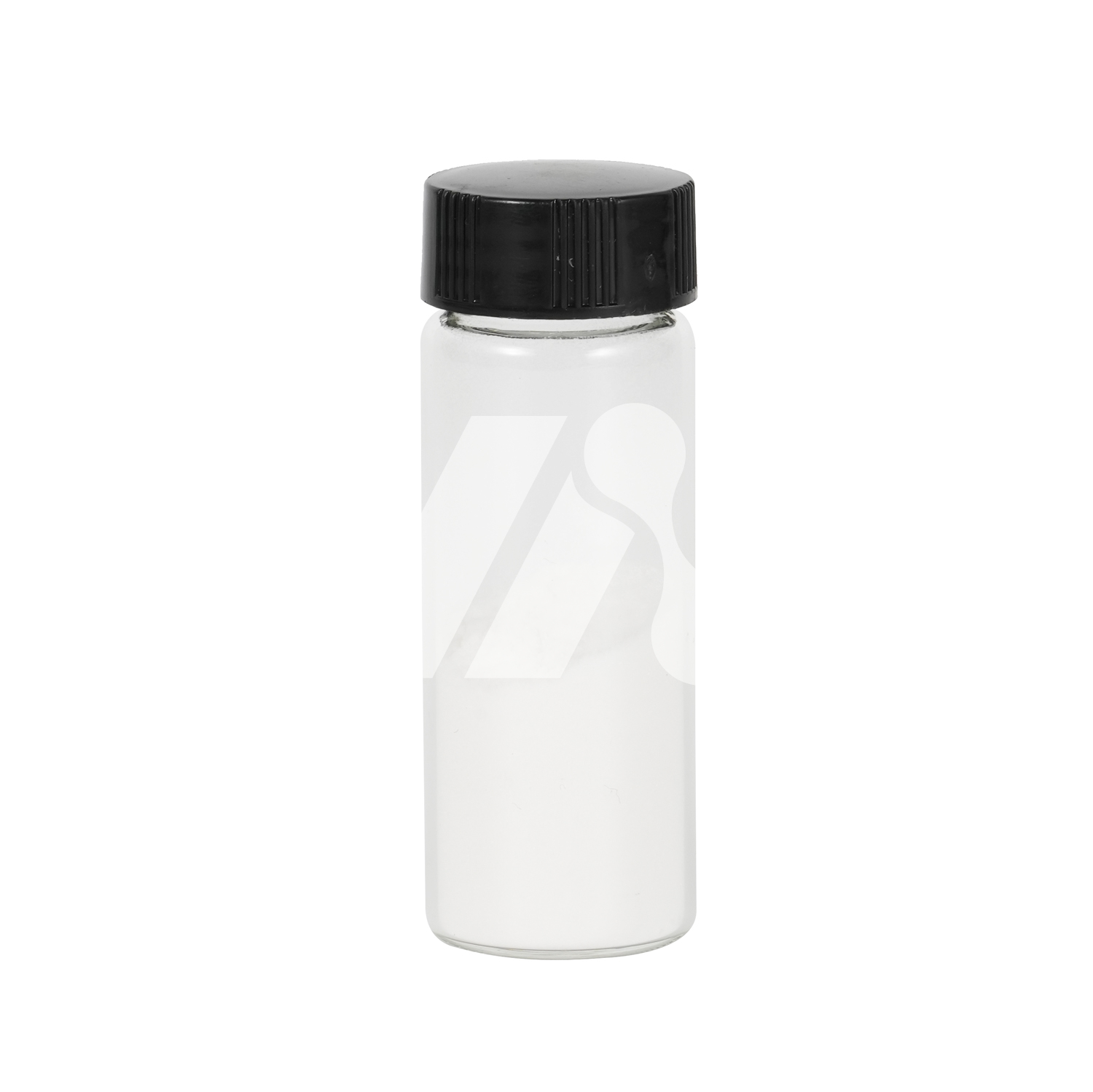 Pymetrozine 96%
Pymetrozine is low in toxicity and has little effect on natural enemies, acting only on pests with piercing-sucking mouthparts. The compound is non-irritating to the skin and eyes and is non-mutagenic. It has very low toxicity to mammals and is also very safe for birds, fish, bees, etc.
CAS No.: 123312-89-0
1 kg (MOQ)
Pymetrozine 96%
Pymetrozine is low in toxicity and has little effect on natural enemies, acting only on pests with piercing-sucking mouthparts. The compound is non-irritating to the skin and eyes and is non-mutagenic. It has very low toxicity to mammals and is also very safe for birds, fish, bees, etc.
CAS No.: 123312-89-0
1 kg (MOQ)

